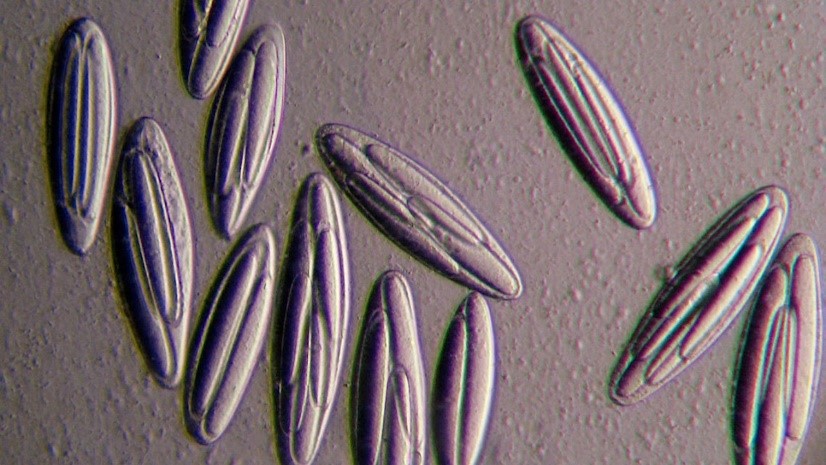





Disclaimer: Copyright infringement not intended.
Context
Details
|
PRACTICE QUESTION Q. Recently, Epulopiscium viviparus was in the news. What is it? A.Fungi B.Amphibian C.Fish D.Bacteria Choose the correct code. A B C D Answer Option D |






© 2025 iasgyan. All right reserved